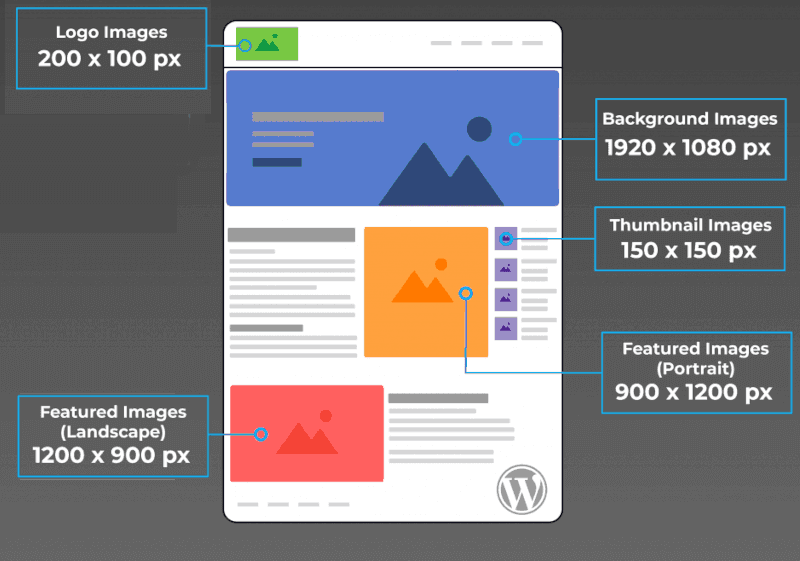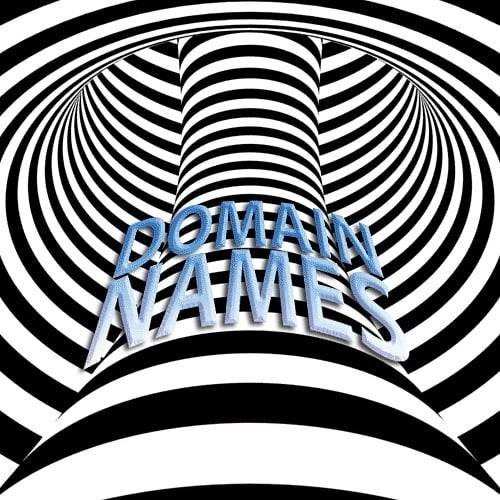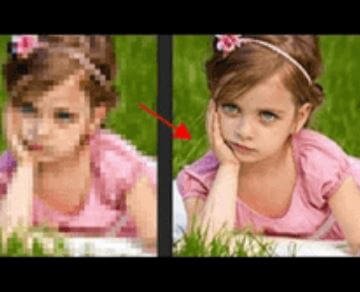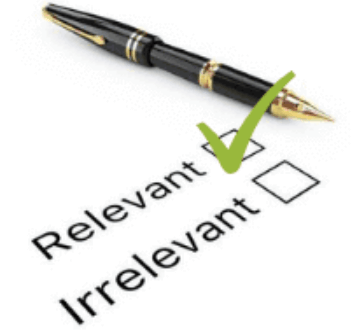WHY OPTIMISE IMAGES?
There are two important reasons to optimise images for websites (not print media).
- To help images and therefore a path to your web page, to be found well by search engines.
- Page load speed is an IMPORTANT search engine ranking signal. The need for speed became more important for SEO because:
- Google’s search ranking algorithm started taking user experience (UX) into consideration in the summer 2021. User experience has indirectly affected page rank for some time. We’ve all been frustrated with the gradual loading of a photo dumped from a 25-megapixel camera straight onto a webpage without SEO consideration for both the photo file name and photo file large data size.
- You should not inflict expensive mobile data download costs on users if images are NOT optimised. This is especially true for places like Africa and Pacific islands where internet data is expensive.

Visual search infographic links to more image optimisation for SEO stats.
My Perth Pinterest.
HOW TO BEST OPTIMISE IMAGES FOR ISO (Image Search Optimisation)?
There are many ways to optimise images, either before or after adding to your website.
For a start give images a file name that relates to the most important pages that the image will be added to.

Above is an example of bad photo file names and, worse still for SEO, missing image alt tags.
Optimise Images BEFORE Adding to Web Pages
IMAGE PHYSICAL SIZE
Feature/header images might need to be wide to show on big desktop screens. I tend to go for a maximum of 1920 pixels wide images for web page header (hero) images.
Think about the average width of mobile phones. There are so many makes and models of mobile devices. For most of my images, I tend to use 720 pixels wide because it’ll fit on most tablets without pixellating.
Recommended image sizes for WordPress websites in ratios of 1×1 or 4×3 or and16:9 ratio. Eg 720x720px or 800x600px or 1200×675 or 1440×810 or 1920x1080px

What is the best image size for Google Business Profile posts?
Google Business Profile is a big free kick for you from Google. According to Google’s guidelines, the recommended image size for posts in GBP is 720x720px
IMAGE PROPERTIES
After you have your optimised for SEO image on your hard drive, right click it > Properties > Details. Eg below

IMAGE DATA SIZE
Compressing the DATA size of images before uploading can be done with Tinyjpg.com, Optimizilla, Kraken, CompressNow, GiftOfSpeed, etc. Tinyjpg.com has an option to convert to the Google invented next generation format of .webp before down loading.
What is the best size and aspect ratio for thumbnail images in Google SERPs?
To optimise an image to show on the RHS of Google SERPs, the image width should not be less than 640px and no bigger than 150kb. Google will crop your image into a square.
For best results, provide me with multiple images with the following aspect ratios: 16×9, 4×3, and 1×1.
If you want thumbnails to show in Google SERP and to avoid losing bits of image left and right margins, it’s better to publish an optimised SQUARE version of your image on your web page. Eg:

.
Optimising Images AFTER Adding to Web Pages
If you use a good WordPress image optimisation plugin, it will use thumbnails of various preset image sizes, detect the device, (eg table) used for seeing images and then serve up the best size image for the device.
Good WordPress image optimisation plugins will convert jpg formated images and serve them up as highly compressed webp formats. I use the EWWW image optimiser. All except my basic price SEO plans include a paid version of EWWW, which EWWW claim to load images 5 times faster.
What is a good image optimisation plugin?
You can configure WordPress image optimisation plugins to either losslessly compress for better quality or lossy compressed images for even more speed and slightly less quality. As an SEO specialist, I go for less quality in preference for faster loading images which can account for over half the page load speed time. You can adjust the quality of lossy images. Configure image optimisation plugins to save in next-generation image formats such as .webp. Also, test site wide lazy loading images.

IMAGE OPTIMISATION TIPS FOR SEO
- USE RELEVANT IMAGES
- Your images should be relevant to your web page content.
- Irrelevant images will diminish the quality of your webpage content, thus reducing its SERP ranking.
- How can you get relevant images?
- Take photos yourself.
- Search free online image library.
- Use a copyright free photo that is more than 70yo.
- Buy an image from an online dealer.
- Use Ai to generate an image

IMAGES IN SITEMAP
Ensure images are included in your site map to make it easy for search engines to crawl images. If using WordPress try the Google XML Sitemap plugin if you’re not using, for example, the Yoast sitemap.
WHAT IS THE BEST IMAGE FORMAT FOR SEO?
- Choose the best image format for SEO.
- Next generation webp format is best for colour photos or gradients/shading. If you don’t want to use webp then jpg (.JPEG) is the next best option.
- png is better for solid colours and transparency
- I don’t recommend an animated gif but if you insist, keep it small and simple. You can search for and use pre-created gifs from online gif libraries or you can create them using Giffy or good computer graphic design software.



WHY USE IMAGE ALT TAGS?
Image alt tags started as a description for visually impaired people. 19% of searches on Google returned image/s. If you want your images as an attraction and visitor path to your sales information and or brand then use image alt tags.
Use alt image tags for good SEO and increased accessibility.
Incorporate focus keywords in image alt tags but avoid keyword stuffing.

MULTIPLE IMAGES
It’s lazy/easy for web designers to keep uploading the same image with different file names to your WordPress media library but that is an SEO issue because it forces web browsers to download a different image file each time instead of referring to one cached image in your computer. If you are a web designer designing for my Perth clients, do NOT upload multiple copies of the same image:

Author: Ben Grummels, SEO expert, influencer, Perth, Australia.